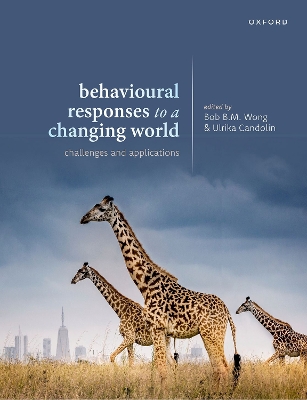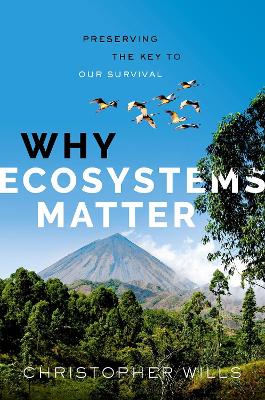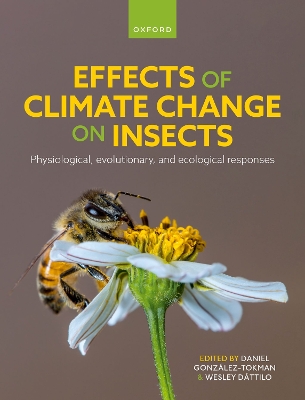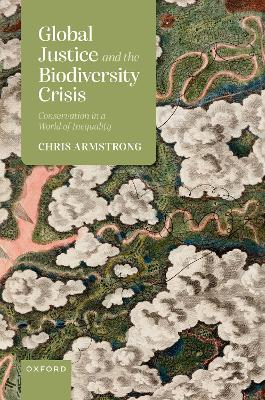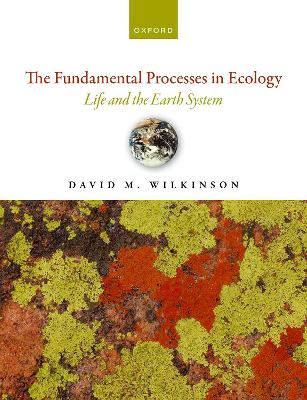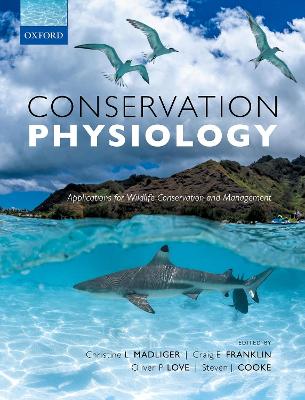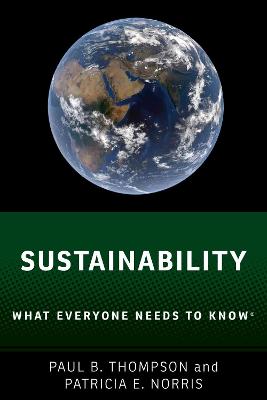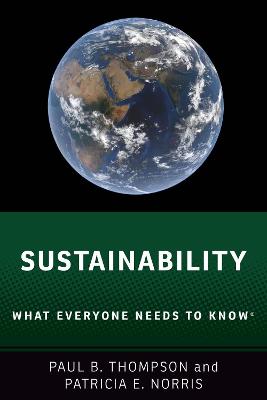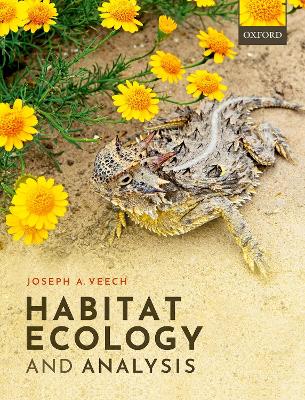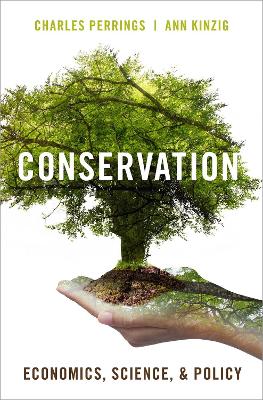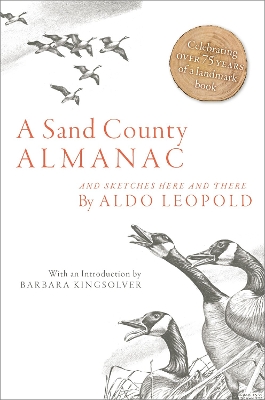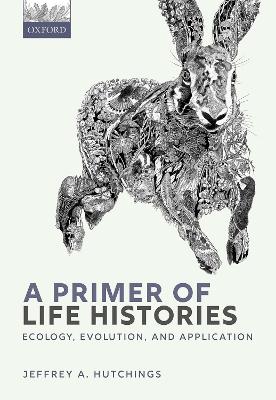Conservation Physiology
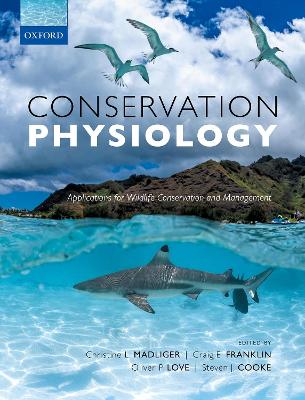 -10%
portes grátis
-10%
portes grátis
Conservation Physiology
Applications for Wildlife Conservation and Management
Franklin, Craig E.; Cooke, Steven J.; Madliger, Christine L.; Love, Oliver P.
Oxford University Press
11/2020
368
Mole
Inglês
9780198843627
15 a 20 dias
1
2:Using physiology to infer the reproductive status and breeding performance of cryptic or at-risk bird species Glenn T. Crossin and Tony D. Williams
3:On conducting management-relevant mechanistic science for upriver migrating adult Pacific salmon Steven J. Cooke, Graham D. Raby, Nolan N. Bett, Amy K. Teffer, Nicholas J. Burnett, Kenneth M. Jeffries, Erica J. Eliason, Eduardo G. Martins, Kristina M. Miller, David A. Patterson, Vivian M. Nguyen, Nathan Young, Anthony P. Farrell, and Scott G. Hinch
4:Integrating physiological and ecological data to increase the effectiveness of bee protection and conservation Cedric Alaux, Jean-Luc Brunet, and Mickael Henry
5:Applying isotopic clocks to identify prior migration patterns and critical habitats in mobile marine predators Daniel J. Madigan, Oliver N. Shipley, and Nigel E. Hussey
6:Using physiological tools to unlock barriers to fish passage in freshwater ecosystems Rebecca L. Cramp, Essie M. Rodgers, Christopher Myrick, James Sakker, and Craig E. Franklin
7:Transcriptome profiling in conservation physiology and ecotoxicology: mechanistic insights into organism-environment interactions to both test and generate hypotheses Marisa L. Trego, Charles A. Brown, Benjamin Dubansky, Chelsea D. Hess, Fernando Galvez, and Andrew Whitehead
8:The role of conservation physiology in mitigating social-ecological traps in wildlife-provisioning tourism: A case study of feeding stingrays in the Cayman Islands Christina A. D. Semeniuk
9:Applying conservation physiology in response to a devastating wildlife disease, White-nose Syndrome in bats Yvonne A. Dzal and Craig K.R. Willis
10:Physiology provides a window into how the multi-stressor environment contributes to amphibian declines Michel Ohmer, Lesley Alton, and Rebecca Cramp
11:Improving "shark park" protections under threat from climate change using the conservation physiology toolbox Ian A. Bouyoucos and Jodie L. Rummer
12:A tale of two whales: putting physiological tools to work for North Atlantic and southern right whales Kathleen E. Hunt, Alejandro Fernandez Ajo, Carley Lowe, Elizabeth A. Burgess, and C. Loren Buck
13:Weathering the impacts of climate change: methods for measuring the environment at scales relevant to conservation physiology Brian Helmuth
14:A veterinary perspective on the conservation physiology and rehabilitation of sea turtles Charles Innis and Kara Dodge
15:Applications of minimally invasive immune response and glucocorticoid biomarkers of physiological stress responses in rescued wild koalas (Phascolarctos cinereus) Edward J. Narayan and Renae Charalambous
16:How thermal ecophysiology assists the conservation of reptiles: Case studies from New Zealand's endemic fauna Alison Cree, Kelly M. Hare, Nicola J. Nelson, Christian Chukwuka, and Jo Virens
17:Using applied physiology to better manage and conserve the white rhinoceros (Ceratotherium simum) Anna J Haw, Andrea Fuller and Leith CR Meyer
18:Communication in conservation physiology: linking diverse stakeholders, promoting public engagement, and encouraging application Taryn D. Laubenstein and Jodie L. Rummer
19:Optimism and opportunities for conservation physiology in the Anthropocene: a synthesis and conclusions Steven J. Cooke, Christine L. Madliger, Jordanna N. Bergman, Vivian M. Nguyen, Sean J. Landsman, Oliver P. Love, Jodie L. Rummer, and Craig E. Franklin
2:Using physiology to infer the reproductive status and breeding performance of cryptic or at-risk bird species Glenn T. Crossin and Tony D. Williams
3:On conducting management-relevant mechanistic science for upriver migrating adult Pacific salmon Steven J. Cooke, Graham D. Raby, Nolan N. Bett, Amy K. Teffer, Nicholas J. Burnett, Kenneth M. Jeffries, Erica J. Eliason, Eduardo G. Martins, Kristina M. Miller, David A. Patterson, Vivian M. Nguyen, Nathan Young, Anthony P. Farrell, and Scott G. Hinch
4:Integrating physiological and ecological data to increase the effectiveness of bee protection and conservation Cedric Alaux, Jean-Luc Brunet, and Mickael Henry
5:Applying isotopic clocks to identify prior migration patterns and critical habitats in mobile marine predators Daniel J. Madigan, Oliver N. Shipley, and Nigel E. Hussey
6:Using physiological tools to unlock barriers to fish passage in freshwater ecosystems Rebecca L. Cramp, Essie M. Rodgers, Christopher Myrick, James Sakker, and Craig E. Franklin
7:Transcriptome profiling in conservation physiology and ecotoxicology: mechanistic insights into organism-environment interactions to both test and generate hypotheses Marisa L. Trego, Charles A. Brown, Benjamin Dubansky, Chelsea D. Hess, Fernando Galvez, and Andrew Whitehead
8:The role of conservation physiology in mitigating social-ecological traps in wildlife-provisioning tourism: A case study of feeding stingrays in the Cayman Islands Christina A. D. Semeniuk
9:Applying conservation physiology in response to a devastating wildlife disease, White-nose Syndrome in bats Yvonne A. Dzal and Craig K.R. Willis
10:Physiology provides a window into how the multi-stressor environment contributes to amphibian declines Michel Ohmer, Lesley Alton, and Rebecca Cramp
11:Improving "shark park" protections under threat from climate change using the conservation physiology toolbox Ian A. Bouyoucos and Jodie L. Rummer
12:A tale of two whales: putting physiological tools to work for North Atlantic and southern right whales Kathleen E. Hunt, Alejandro Fernandez Ajo, Carley Lowe, Elizabeth A. Burgess, and C. Loren Buck
13:Weathering the impacts of climate change: methods for measuring the environment at scales relevant to conservation physiology Brian Helmuth
14:A veterinary perspective on the conservation physiology and rehabilitation of sea turtles Charles Innis and Kara Dodge
15:Applications of minimally invasive immune response and glucocorticoid biomarkers of physiological stress responses in rescued wild koalas (Phascolarctos cinereus) Edward J. Narayan and Renae Charalambous
16:How thermal ecophysiology assists the conservation of reptiles: Case studies from New Zealand's endemic fauna Alison Cree, Kelly M. Hare, Nicola J. Nelson, Christian Chukwuka, and Jo Virens
17:Using applied physiology to better manage and conserve the white rhinoceros (Ceratotherium simum) Anna J Haw, Andrea Fuller and Leith CR Meyer
18:Communication in conservation physiology: linking diverse stakeholders, promoting public engagement, and encouraging application Taryn D. Laubenstein and Jodie L. Rummer
19:Optimism and opportunities for conservation physiology in the Anthropocene: a synthesis and conclusions Steven J. Cooke, Christine L. Madliger, Jordanna N. Bergman, Vivian M. Nguyen, Sean J. Landsman, Oliver P. Love, Jodie L. Rummer, and Craig E. Franklin

